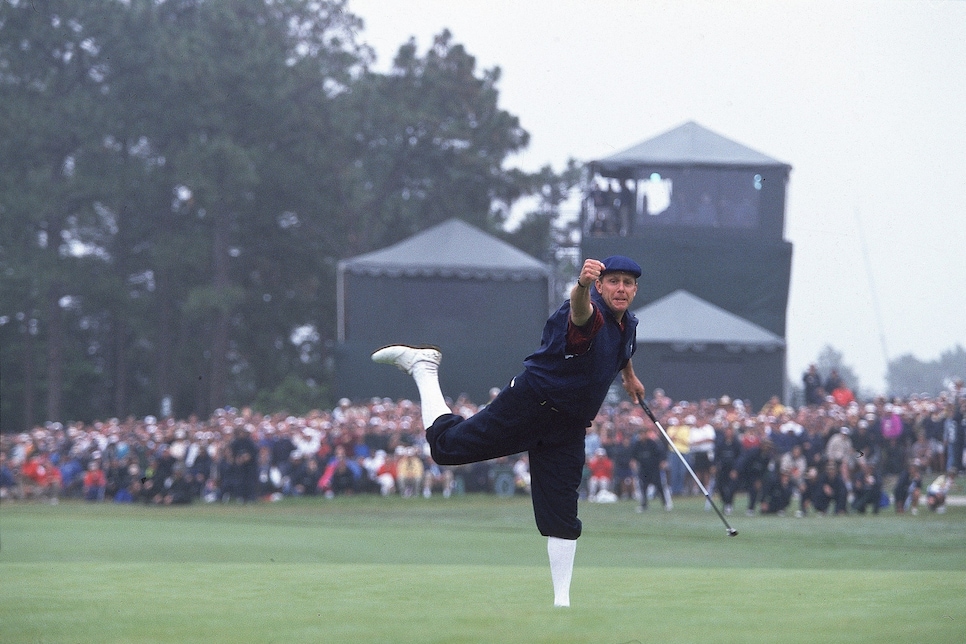
The former chief executive of FTX’s Bahamas subsidiary was ordered to serve 7 1/2 years in prison, the first of Sam Bankman-Fried’s close associates to be sentenced in the wake of the cryptocurrency exchange’s implosion. Ryan Salame dropped his head as Judge Lewis A. Kaplan sentenced him in a Manhattan courtroom Tuesday, eight months after he reached a plea deal with federal prosecutors over the multibillion dollar collapse of FTX. While he was not accused of helping Bankman-Fried steal about $10 billion from customers, investors and lenders, Salame’s efforts to circumvent campaign donation laws jeopardized the stability of political life in the US, Kaplan found. The prison term is more than prosecutors had asked for.
Affordable luxury finally arrives in the City of Light.
Until now.
Best New Hotels in Paris Are (Relatively) Cheap |
In Paris, a great meal can consist of a baguette, brie and fresh figs—or a three-Michelin star restaurant, with the difference being about 500 euros. While you’d think the same would be true of hotels, the city has never quite perfected affordable stays. But now it seems a new clutch of boutique hotels are changing the old dynamic. During the past year or two, they’ve proved that you don’t have to sacrifice on location, air conditioning or square footage to get a good deal. Despite their starting prices—all under $550 per night—they may be leading the charge when it comes to such perks as great restaurants and fresh design across Paris.






